

The 10 year challenge briefly took over the internet as millions of people worldwide posted side-by-side photos of how they looked in 2009. Though some have speculated it could have all been created to train AI to understand human aging, it did spark a few thoughts here at Gemalto.
Back in 2009, the world of technology was a different place. Though iPhone and other smartphones were starting to gain traction, many things we take for granted now didn’t really exist back then.
If you had opened up a rift in time and pulled through someone working in IT back then, they be amazed at how things have developed. They’d probably be pleasantly surprised to learn that their role as a sysadmin has been rebranded as the much cooler ops.
And they’d be impressed at how algorithms have evolved into AI (even if they do very similar things!). Back in January 2009, the first Bitcoin was created. Entirely obscure back then, our time traveler would probably never believe that a distributed database could have made (and then ruined!) the fortunes of so many. And as for the Internet of Things, well they would probably be amazed at how connected and quantifiable our lives have become.
So, in honor of the #10yearchallenge we’ve taken a look at how some of the most important technologies we use every day have evolved since 2009.
MOBILE
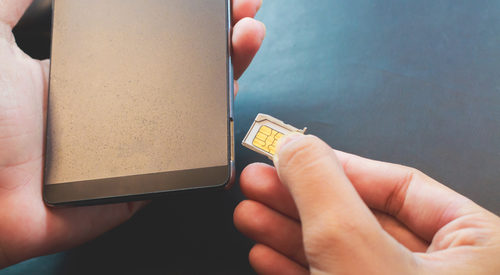
Back in 2009 your SIM card would likely have been a Micro SIM measuring 12x15mm. Fast forward a decade and we’re on the cusp of eSIMs launching a revolution in hardware design. No more swapping SIMs if you want to change operator—just a simple over-the-air update. And they’re embedded in the phone as well, measuring 6x5mm meaning more tech can be squeezed into the device now that the SIM and its tray no longer need be there.
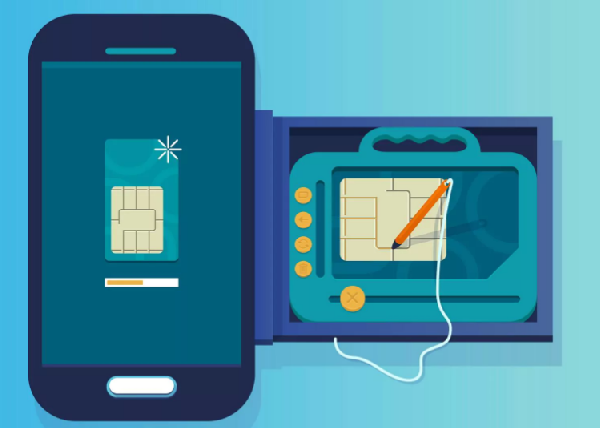
Networks have also changed a lot. Back in 2009, 4G LTE services were just coming online in select cities around the world. Today, Deloitte forecasts up to 25 operators will launch fledging 5G networks in 2019.
ENTERPRISE TECHNOLOGY

Though it wasn’t so long ago, security on our devices was pretty basic. PIN codes were everywhere in 2009, and though they are still beloved by some (Kanye West famously had 000000 as his iPhone code), device security has radically improved. Not only do we have a range of biometric options from fingerprints to facial recognition and iris scans, but we have seen a burst in popularity of password managers that ensure you have a different (and complex) password each time.
FINANCIAL SERVICES
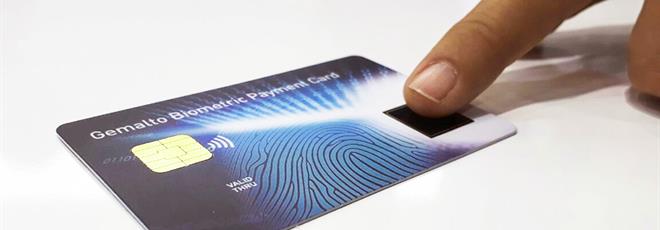
Contactless cards were actually introduced in 2009 and have been embraced in certain countries like the UK where their use has overtaken that of chip-and-PIN. But despite excellent security features of existing cards, we thought we could improve them further. That’s why in 2019, we’re going to be rolling out our biometric payment card further. They use a fingerprint sensor to ensure the user is the owner of the card and show how far we’ve come in a decade in the battle against fraud.
Advances in technology have also meant that banking is undergoing its own revolution. We’ve all read about how fintech start-ups are disrupting incumbents through the cloud and agile development focusing on customer needs. But one of the most interesting developments is the introduction of open-banking. In 2009, banks were in the midst of the global financial crisis. While some had introduced basic mobile services, banking was still a walled-garden.
Now competition authorities, in particular the EU Commission, has mandated that there needs to be more competition in the sector and created open-banking. Now third parties—like the shops and services you love, including other banks—can gain access (with your permission) to your existing banking services and history. The idea is to nurture new collaboration and partnership opportunities to benefit the customer.
Open-banking has only just got started, but it’s likely that banking in 2029 will look a lot different to how we bank today and a world away from 2009.
GOVERNMENT
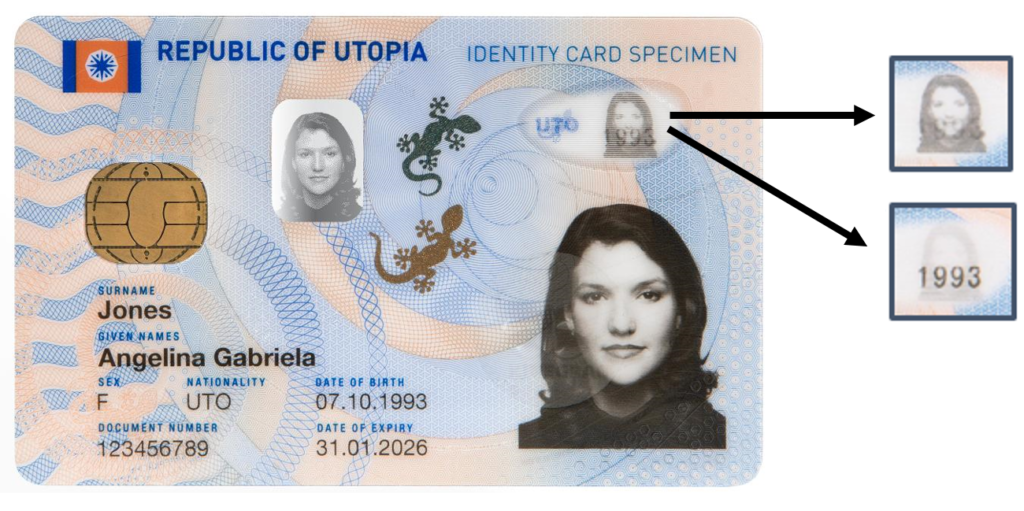
ID cards and passports have seen real progress over the past decade. We started rolling out our biometrics passports in the mid to late 2000s and have secured the safe passage of hundreds of millions of travelers in the years since.
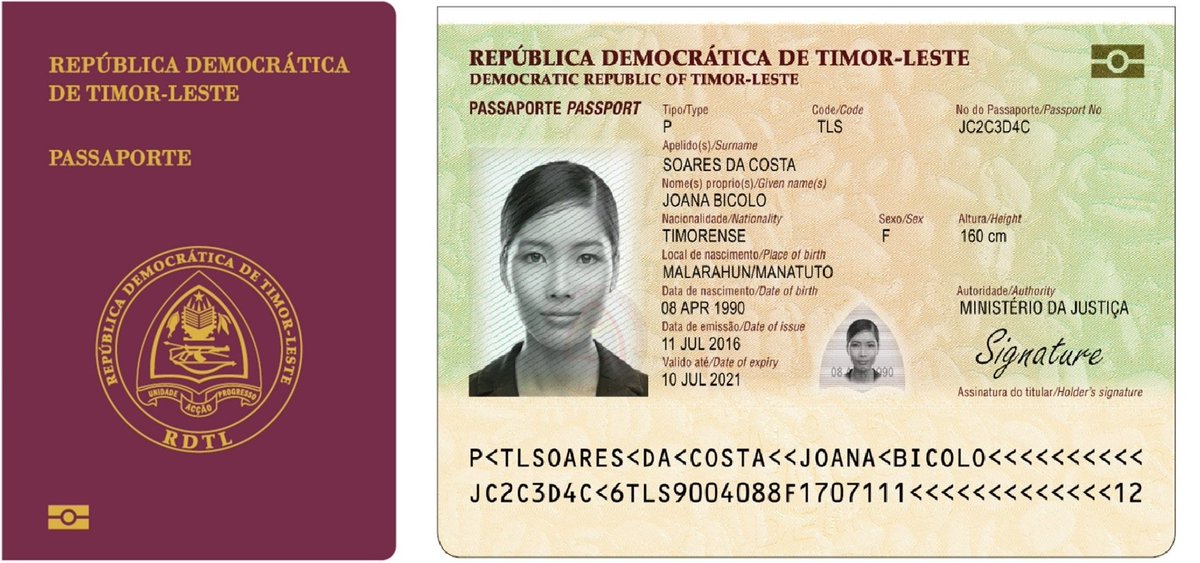
These days our ePassports use polycarbonate printing techniques to create the safest passport yet. And we’ve replicated this security with our driver’s licenses too. And as we know how important software has become in recent years, our next generation of driver’s license will be digital.
GEMALTO
And to finish, we thought we’d end with a few stats about how we’ve changed at Gemalto. We now have 35 R&D centers, up from 11, and 3000 data scientists, up from 1,400. We are operational in 47 countries in 100 offices, up from 77.
And as the world has become closer, we’ve become more inclusive too. Ten years ago, we had 90 nationalities among our ranks. This is now 122. And our family has also grown from 10,000 to 15,0000.
Though we are at the forefront of digital security, looking back at 2009 has shown that 2029 will be a world away from where we are now. We can’t wait to see what’s next! If you have any thoughts about how technology has evolved over the past decade, get in touch with your own #10yearchallenge by tweeting to us @Gemalto or dropping us a comment below.
The post The 10-year challenge | How tech has changed since 2009 appeared first on Cybersecurity Insiders.
April 01, 2019 at 09:09PM






0 comments:
Post a Comment